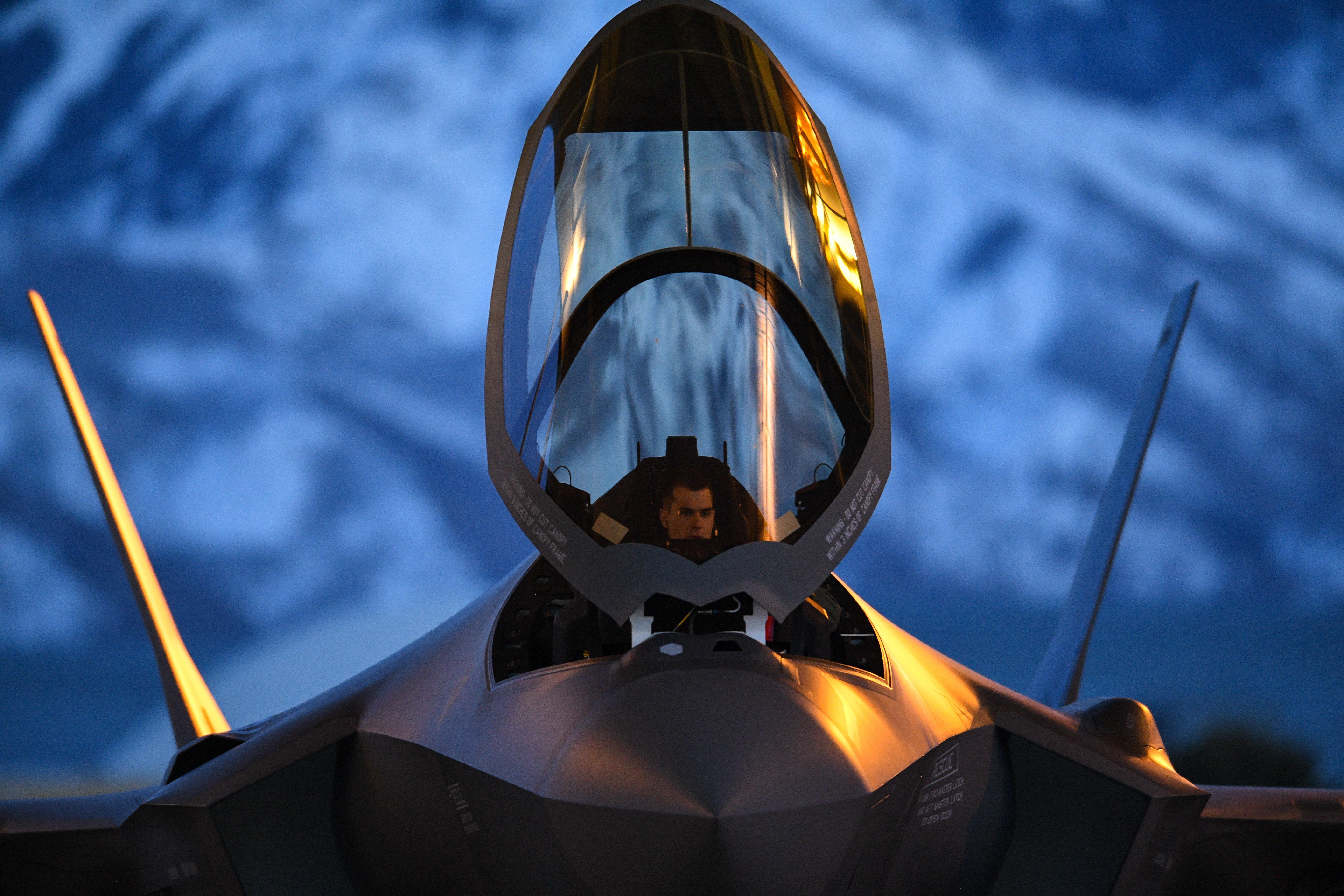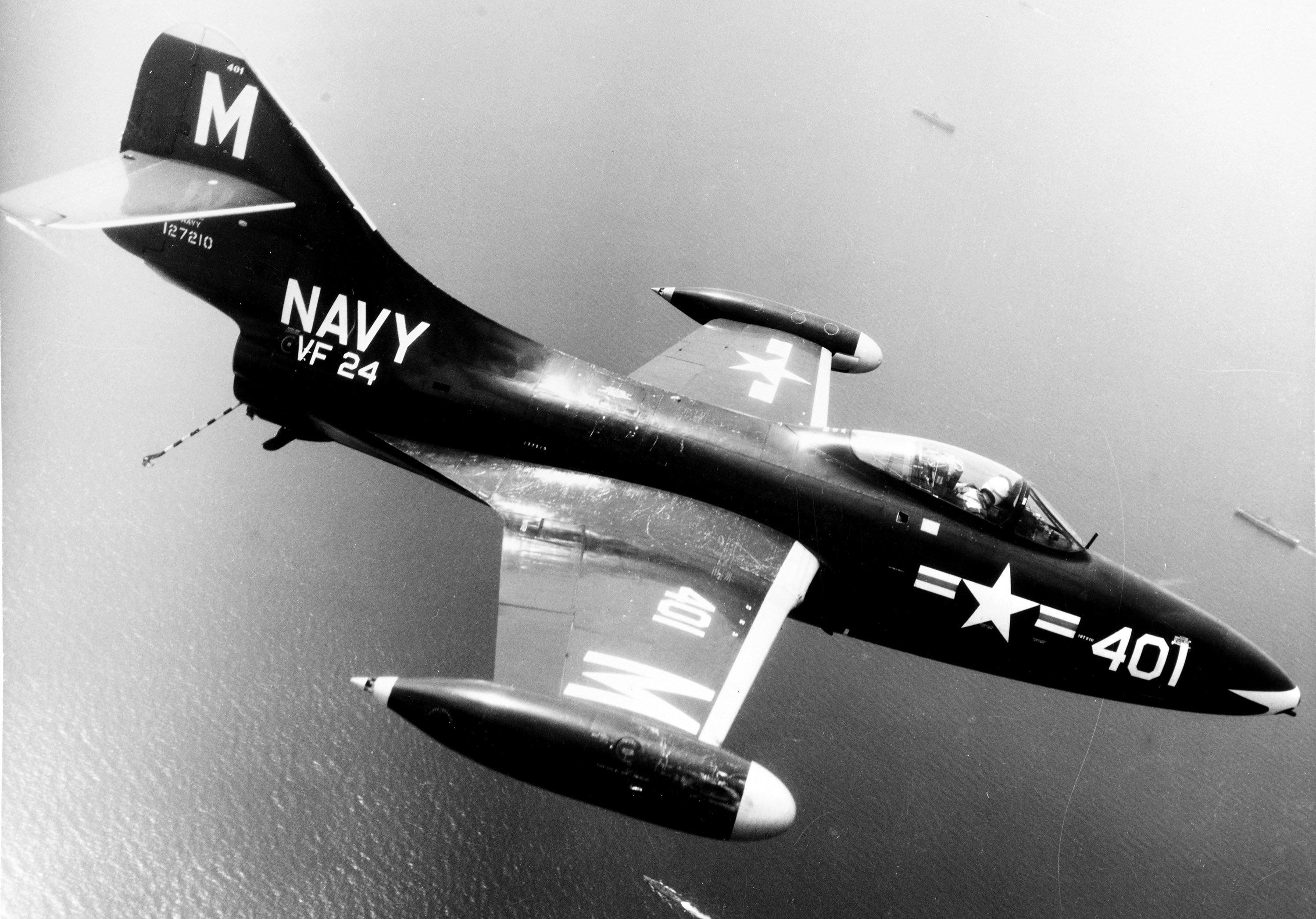Are Fighter Jets Pressurized - This article needs additional citations for verification. Please help improve this article by adding citations to reliable sources. Unsourced material may be attacked and removed. Find Sources: "Aircraft Mockup" - News · Newspapers · Books · Scholar · JSTOR (July 2017) (Learn how and what to remove this report template)
A canopy is a transparent cover over the cabin of some types of aircraft. An aircraft canopy provides a controlled and sometimes pressurized environment for aircraft passengers and allows a greater field of vision above a traditional flight deck. The shape of the cabin canopy is a compromise designed to minimize aerodynamic drag while maximizing visibility for pilots and other crew members.
Are Fighter Jets Pressurized

Very early aircraft did not have covers. Pilots were exposed to wind and weather, although most flights were made in fair weather. During World War I, most aircraft did not have cockpit covers, although they often had a small windshield to prevent wash and wind from hitting the pilot in the face. In the 1920s and 1930s, increases in aircraft speed and altitude necessitated a fully enclosed cabin, and tents became more common.
Fascinating Facts About Wwii Aviation
Early shutters were made from several pieces of flat glass held in place by a frame and walls. Muntins reduced visibility, which was especially difficult for military aircraft. Also, glass tents were much heavier than acrylic tents, which were first introduced just before World War II. Acrylic bubble fairing was used on aircraft such as the Supermarine Spitfire and Westland Whirlwind, giving better all-round visibility and reducing weight. It is still used on most fighters.
In the 1970s, American aeronautical artist Keith Ferris invited a false canopy to the underside of a military aircraft, directly under the front of the aircraft, to disguise the direction the aircraft was flying. This trick was inspired by animals and fish that have similar markings on their heads and tails so they can confuse other creatures. Pilots remain skeptical of the feature, saying that if the enemy is close enough to see the mark, they are too close to be fooled by it.
In many high-performance military aircraft, the canopy is an integral part of the ejection seat system. The pilot cannot eject from the aircraft until the canopy is no longer in the way of the ejection seat. On most aircraft equipped with ejection seats, the canopy is inflated upwards and backwards by explosive charges. The relative wind will blow the tent away from the exhaust path. However, in some aircraft, such as the McDonnell Douglas AV-8B Harrier II, the pilot may be forced to eject while hovering or too slowly for the relative wind to move the canopy off the flight path. ejection seat. . In this situation, the pilot may hit the canopy during takeoff. To overcome this possibility, some aircraft have a thin string of plastic explosive that passes through the canopy above the pilot's head. In the event of an ejection, the lightning is activated first, causing the canopy to rupture. The ejection seat and pilot are released through the broken cabin canopy.
Most modern acrylic tents are vacuum formed. A sheet of acrylic is attached to a female mold where a group of tires is heated in the egg until the acrylic is malleable. Air is removed from the mold and the acrylic sheet is drawn into it, creating the shape of the tent. The acrylic is adjusted to the correct shape and glued to the aluminum or composite frame. Some disposable tents are made in a similar way, but because the mold would take a long time to make, the acrylic is heated and vacuum formed until it approximates the shape the builder desires. However, this type of construction is less precise and each tent is unique. If more tents are needed, a form is almost always used.
How Fighters Like The F 18 Make Clouds
Have Glass is the code name for a series of RCS reduction measures for the F-16 fighter. Its main aspect is the addition of a layer of indium-tin oxide on the cockpit's gold cover, which reflects radar frequencies. An ordinary canopy would let the radar signals through where they would hit the many edges and corners inside and be strongly reflected back to the radar source; the reflective layer scatters these signals instead. Overall, Have Glass reduces the F-16's RCS (radar cross section) by 15 percent. The gold color also reduces glare from the sun and improves visibility for the pilot.
The Malcolm Hood is a cabin type originally developed for the Supermarine Spitfire. Its concept proved valid for other aircraft such as the P-51B & C Mustangs produced by North American Aviation as remanufactured items and standard on later versions of the Vought F4U Corsair and somewhat imitated on later models of the Focke-Wulf Fw Luftwaffe fighter 190. Roof produced by the British company R Malcolm & Co, which gave it its name. Instead of a straight line between the tent frames, the hood was extended outward. This allowed the pilot a better view from behind.
...At the same time, the Corsair's initial shortcomings were addressed... The 689th production F4U-1 featured a number of significant changes. Most notably, the cockpit was raised by 18 centimeters (7.1 in) to improve the pilot's forward view, and an inflated Malcolm Hood-style canopy used on Spitfires replaced the original birdcage frame canopy to provide a better all-round field. view.[1] Gallery [edit translation] Cabin pressurization is the process by which air conditioning is pumped into the cabin of an aircraft or spacecraft to create a safe and comfortable environment for passengers and crew flying at high altitudes. In aircraft, this air is usually blown from gas turbine engines in the compressor stage, and in spacecraft it is transported in high-pressure, often cryogenic tanks. The air is cooled, humidified and, if necessary, mixed with recirculated air before being distributed to the cabin by one or more virontal control systems.

While the first experimental pressurization systems were used during the 1920s and 1930s, commercial airliner service with a pressurized cabin did not begin until 1940, when the Boeing 307 Stratoliner joined the fleets of Transcontinental & Western Air and Pan American Airways.
Cessna A 37 Hi Res Stock Photography And Images
The practice spread a decade later, notably with the introduction of the British de Havilland Comet aircraft in 1949. While initially a success, two catastrophic failures in 1954 temporarily grounded the worldwide fleet.
The cause was found to be a combination of progressive metal fatigue and aircraft skin stresses that aeronautical engineers at the time understood to be limited. Testing included several cyclic tests of tire body pressure in a water tank.
Key engineering principles learned from the Comet were directly applied to the design of all subsequent airliners such as the Boeing 707.
Some aircraft showed unusual pressure concerns. The supersonic Concorde had a particularly high pressure difference due to flying at an extremely high altitude: up to 60,000 ft (18,000 m) while maintaining a cabin height of 6,000 ft (1,800 m). This not only increased the weight of the airframe, but also saw the use of smaller cockpit windows than most other commercial passenger aircraft, intended to slow the rate of decompression should pressure drop. The Aloha Airlines Flight 243 incident, which involved a Boeing 737-200 that suffered a catastrophic cabin failure in flight, was largely due to its continued operation despite accumulating more than twice the number of flight cycles the airframe was designed to withstand.
Jetography: Capturing Jets At 40,000 Feet
For passenger comfort, some modern aircraft such as the Boeing 787 Dreamliner and the Airbus A350 XWB have a reduced cabin operating height as well as higher humidity levels; the use of composite airframes helped adopt such comfort-maximizing practices.
Pressurization is increasingly required at altitudes above 10,000 ft (3,000 m) above sea level to protect crew and passengers from the risk of a number of physiological problems caused by the low external air pressure above this altitude. On US-operated private aircraft, crew members are required to use oxygen masks if cabin altitude (a reflection of air pressure, see below) remains above 12,500 ft (3,800 m) for more than 30 minutes or if cabin altitude reaches 14,000 m .ft (4,300 m) at any time. At altitudes above 15,000 ft (4,600 m), passengers must be equipped with oxygen masks. In commercial aircraft, cabin altitude must be maintained at 8,000 ft (2,400 m) or less. Cargo pressure is also required to prevent damage to pressurized goods that may leak, expand, rupture or crush during re-pressurization.
The low partial pressure of oxygen at high altitude reduces alveolar oxygen in the lungs and subsequently in the brain, leading to slowed thinking, blurred vision, loss of consciousness, and ultimately death. In some individuals, particularly those with heart or lung disease, symptoms may begin as early as 1,500 m, although most travelers tolerate

What are fighter jets used for, how much are fighter jets, fighter jets, are russian fighter jets better than american, how fast are fighter jets, what are fighter jets made of, diecast fighter jets, northrop grumman fighter jets, lockheed martin fighter jets, how fighter jets are made, metal toy fighter jets, what are fighter jets
0 Comments